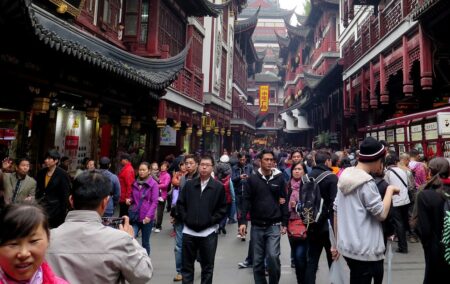China’s birth rate dropped in 2019 to its lowest level since the Communist country was founded in 1949, adding to concerns that an ageing society and shrinking workforce will increase pressure on a slowing economy.
China’s economy grew by 6.1% in 2019, the lowest rate since 1990, as it was hit by weaker demand and a bruising trade war with the United States.
To avoid a demographic crisis, the government relaxed its one-child policy in 2016 to allow people to have two children, but the change has not resulted in more pregnancies.
In 2019, the birth rate stood at 10.48 per 1 000 people, according to the National Bureau of Statistics (NBS). The number of births has now fallen for three consecutive years.
There were 14.65 million births in 2019, 15.23 million in 2018, and 17.23 million in 2017. Although China’s population stands at 1.4 billion, China’s workforce continued to shrink last year.
The working-age population (16 to 59) continued to drop in 2018, marking the eighth consecutive year of decline, and the workforce is expected to decline by as much as 23% by 2050.
Although China’s limit on family sizes could be removed, the rising cost of living has discouraged many of child-bearing age from having bigger families.Women are delaying childbirth or choosing not to have children, since decades of strict family-planning policies have made small families the norm.
In 2019, a 67-year-old woman gave birth in China, with the parents claiming they were the country’s oldest couple to have a natural birth. But this is unlikely to become the norm, or provide a solution to the country’s declining birth rate.

